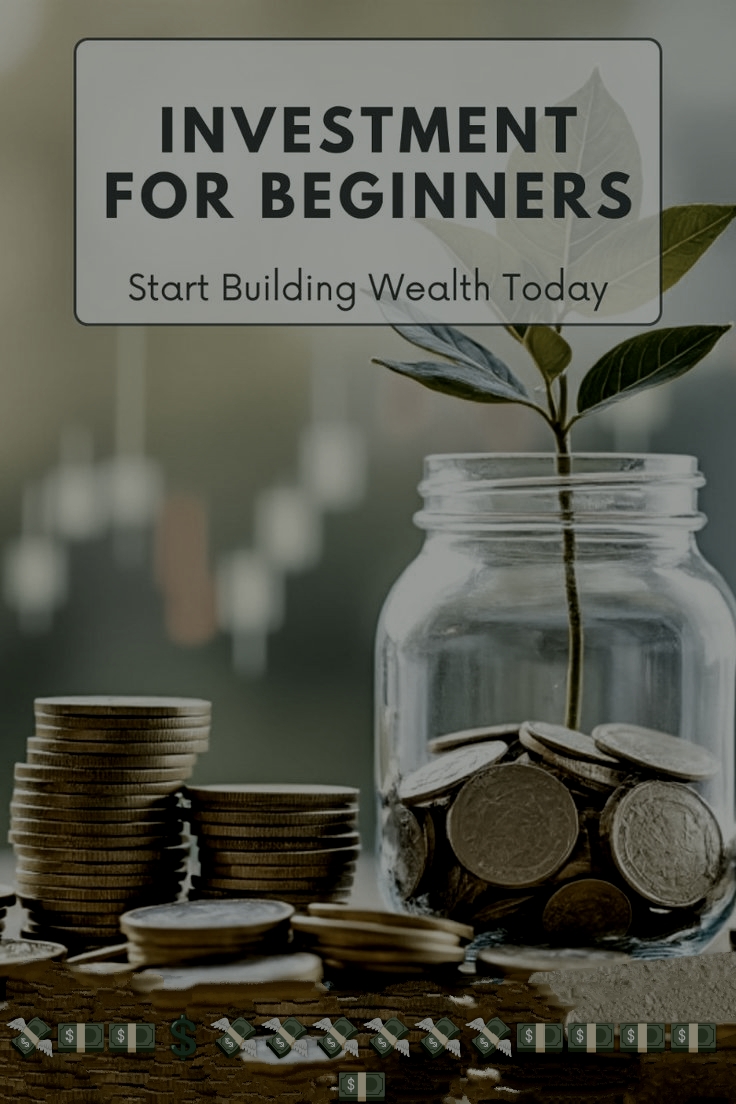Compound Investing: A Beginner-Friendly Guide
Compound investing is a method where your money grows not just on the original amount you invest but also on the returns that accumulate over time.
- Initial Investment: Start by investing a sum of money.
- Growth Over Time: As the investment earns returns, those returns are reinvested.
- Compounding Effect: Over time, you earn returns on both the original investment and the reinvested returns.
- Power of Time: The longer you stay invested, the more your wealth grows, thanks to this compounding cycle.
Patience and consistency are key to maximizing the benefits of compound investing. The earlier you start, the greater the impact it has on your financial growth.
Table of Contents

Step 1: What is Compound Investing?
Compounding means earning money on your money.
- Simple Interest: You earn returns only on the original amount you invested.
- Compound Interest: You earn returns on the original amount plus the returns you’ve already earned.
Example:
- You invest $100 at 10% annual return.
- After Year 1: You have $110 ($100 + $10).
- After Year 2: You earn 10% on $110, making it $121.
- Over time, the growth gets faster!
Step 2: Why Does Time Matter?
The longer your money stays invested, the more powerful compounding becomes. Starting early gives your money more time to grow.
Example:
- If you invest $1,000 at 8% annual growth:
- After 10 years: It grows to $2,159.
- After 20 years: It grows to $4,660.
- After 30 years: It grows to $10,063.
- See how the growth accelerates over time?
Step 3: Set Your Financial Goals
Decide what you want to achieve through investing.
- Are you saving for a house, retirement, or your child’s education?
- Set a clear timeline, like “I want $50,000 in 10 years.”
Step 4: Where to Invest for Compounding?
Choose investments that grow over time and allow reinvestment.
Options:
- Stocks: Buy shares of companies that grow in value over time. Reinvest dividends to buy more shares.
- Mutual Funds or ETFs: Pool your money with others to invest in multiple stocks. Many offer automatic reinvestment.
- Fixed Deposits or Bonds: Some banks and bonds offer compound interest.
- Real Estate: Rental income can be reinvested into more properties or upgrades.
Step 5: Start Small and Be Consistent
You don’t need a lot of money to start. Even small amounts can grow big over time.
Example:
- If you invest $50 every month:
- At 8% annual growth, in 10 years, you’ll have $9,200.
- In 20 years, you’ll have $29,000.
Step 6: Always Reinvest Your Earnings
To fully benefit from compounding, reinvest all your earnings instead of spending them.
Example:
- If your investment pays $100 in dividends, reinvest it to buy more shares.
- Those new shares will earn their own dividends, creating a cycle of growth.
Step 7: Be Patient and Avoid Emotional Decisions
Compounding is not a quick fix. It takes time to see significant results.
- Don’t Withdraw Early: Pulling out money disrupts the compounding process.
- Ignore Market Fluctuations: Stay focused on your long-term goal, even during market ups and downs.
Step 8: Minimize Costs and Taxes
Expenses can slow down your growth. Choose options with low fees and tax advantages.
- Low-Cost Investments: Look for mutual funds or ETFs with low management fees.
- Tax-Advantaged Accounts: Use accounts like IRAs, 401(k)s, or similar ones in your country to reduce taxes.
Step 9: Keep Learning and Stay Updated
Investing is a lifelong skill. Learn about market trends, new opportunities, and how to improve your strategy.
Step 10: The Magic of Starting Early
The earlier you start, the less you’ll need to invest to reach your goals.
Example:
- Start at age 25: Invest $200/month for 20 years at 8% growth, and you’ll have about $120,000 by age 45.
- Start at age 35: To get the same $120,000 by 45, you’ll need to invest $450/month.
Quick Tips for Compound Investing Success
- Start Now: Even small amounts matter.
- Be Regular: Invest consistently, no matter how small the amount.
- Think Long-Term: The longer you stay invested, the more your money grows.
- Avoid Debt: Don’t borrow to invest. Invest only what you can afford.
Compound investing is like planting seeds. With time, patience, and care, those seeds grow into a forest of wealth. Start today, even if it’s with a small amount, and let time work its magic!
What is compound investing in simple terms?
Answer: Compound investing means earning money on your investment, then reinvesting that money so it also earns returns. Over time, this process builds momentum, like a snowball rolling downhill, growing bigger and bigger.
Why is compounding better than simple saving?
Answer: In saving, your money grows at a fixed rate based only on your initial amount. In compounding, your money grows on the original amount and the returns, multiplying over time.
Example:
Saving $1,000 at 5% simple interest for 10 years gives you $1,500.
Investing $1,000 at 5% compounded annually for 10 years gives you $1,628.
How much do I need to start compound investing?
Answer: You don’t need much. Even $10 or $50 per month is enough to get started. The key is starting early and being consistent.
What are the best places to invest for compounding?
Answer: The best options depend on your goals, risk tolerance, and time frame. Common choices include:
Stocks: Reinvest dividends and enjoy long-term growth.
Mutual Funds/ETFs: Diversified options with reinvestment plans.
Fixed Deposits: Safe, steady growth with compound interest.
Retirement Accounts: Tax-advantaged options like IRAs or 401(k)s.

